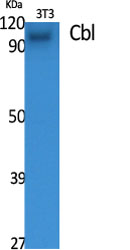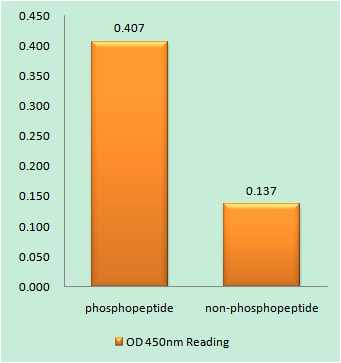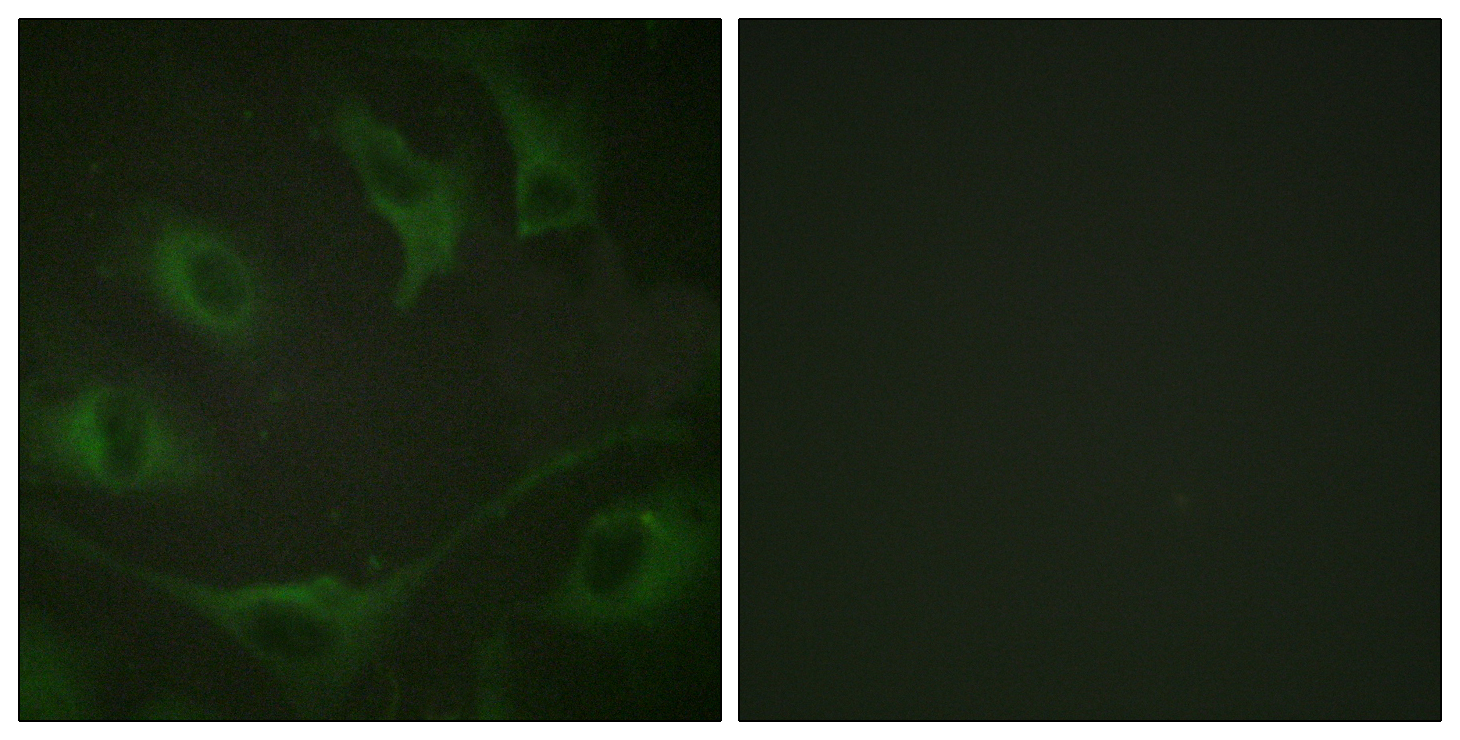Total CBL Cell-Based Colorimetric ELISA Kit
- Catalog No.:KA4026C
- Applications:ELISA
- Reactivity:Human;Mouse;Rat
- Gene Name:
- CBL
- Human Gene Id:
- 867
- Human Swiss Prot No:
- P22681
- Mouse Swiss Prot No:
- P22682
- Storage Stability:
- 2-8°C/6 months
- Other Name:
- E3 ubiquitin-protein ligase CBL (EC 6.3.2.-) (Casitas B-lineage lymphoma proto-oncogene) (Proto-oncogene c-Cbl) (RING finger protein 55) (Signal transduction protein CBL)
- Detection Method:
- Colorimetric
- Background:
- disease:Can be converted to an oncogenic protein by deletions or mutations that disturb its ability to down-regulate RTKs.,domain:The N-terminus is composed of the phosphotyrosine binding (PTB) domain, a short linker region and the RING-type zinc finger. The PTB domain, which is also called TKB (tyrosine kinase binding) domain, is composed of three different subdomains: a four-helix bundle (4H), a calcium-binding EF hand and a divergent SH2 domain.,domain:The RING-type zinc finger domain mediates binding to an E2 ubiquitin-conjugating enzyme.,function:Participates in signal transduction in hematopoietic cells. Adapter protein that functions as a negative regulator of many signaling pathways that start from receptors at the cell surface. Acts as an E3 ubiquitin-protein ligase, which accepts ubiquitin from specific E2 ubiquitin-conjugating enzymes, and then transfers it to substrates promoting their degradation by the proteasome. Recognizes activated receptor tyrosine kinases, including PDGFA, EGF and CSF1, and terminates signaling.,miscellaneous:This protein has one functional calcium-binding site.,pathway:Protein modification; protein ubiquitination.,PTM:Phosphorylated on tyrosine residues by EGFR, SYK, FYN and ZAP70 (By similarity). Phosphorylated on tyrosine residues by INSR.,similarity:Contains 1 CBL N-terminal domain.,similarity:Contains 1 RING-type zinc finger.,similarity:Contains 1 SH2 domain.,similarity:Contains 1 UBA domain.,similarity:Contains 2 EF-hand-like domains.,subunit:Associates with NCK via its SH3 domain. The phosphorylated C-terminus interacts with CD2AP via its second SH3 domain. Binds to UBE2L3. Interacts with adapters SLA, SLA2 and with the phosphorylated C-terminus of SH2B2. Interacts with EGFR, SYK and ZAP70 via the highly conserved Cbl-N region. Also interacts with SORBS1 and INPPL1/SHIP2. Interacts with phosphorylated LAT2. May interact with CBLB.,
- Function:
- proteolysis, cell surface receptor linked signal transduction, enzyme linked receptor protein signaling pathway,transmembrane receptor protein tyrosine kinase signaling pathway, epidermal growth factor receptor signaling pathway, macromolecule catabolic process, protein ubiquitination, modification-dependent protein catabolic process,regulation of endocytosis, protein catabolic process, protein modification by small protein conjugation, modification-dependent macromolecule catabolic process, cellular protein catabolic process, cellular macromolecule catabolic process, positive regulation of endocytosis, regulation of receptor-mediated endocytosis, positive regulation of receptor-mediated endocytosis, positive regulation of transport, positive regulation of cellular component organization, proteolysis involved in cellular protein catabolic process, regulation of vesicle-mediated transport
- Subcellular Location:
- Cytoplasm. Cell membrane. Cell projection, cilium . Golgi apparatus . Colocalizes with FGFR2 in lipid rafts at the cell membrane.
- June 19-2018
- WESTERN IMMUNOBLOTTING PROTOCOL
- June 19-2018
- IMMUNOHISTOCHEMISTRY-PARAFFIN PROTOCOL
- June 19-2018
- IMMUNOFLUORESCENCE PROTOCOL
- September 08-2020
- FLOW-CYTOMEYRT-PROTOCOL
- May 20-2022
- Cell-Based ELISA│解您多样本WB检测之困扰
- July 13-2018
- CELL-BASED-ELISA-PROTOCOL-FOR-ACETYL-PROTEIN
- July 13-2018
- CELL-BASED-ELISA-PROTOCOL-FOR-PHOSPHO-PROTEIN
- July 13-2018
- Antibody-FAQs



